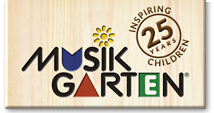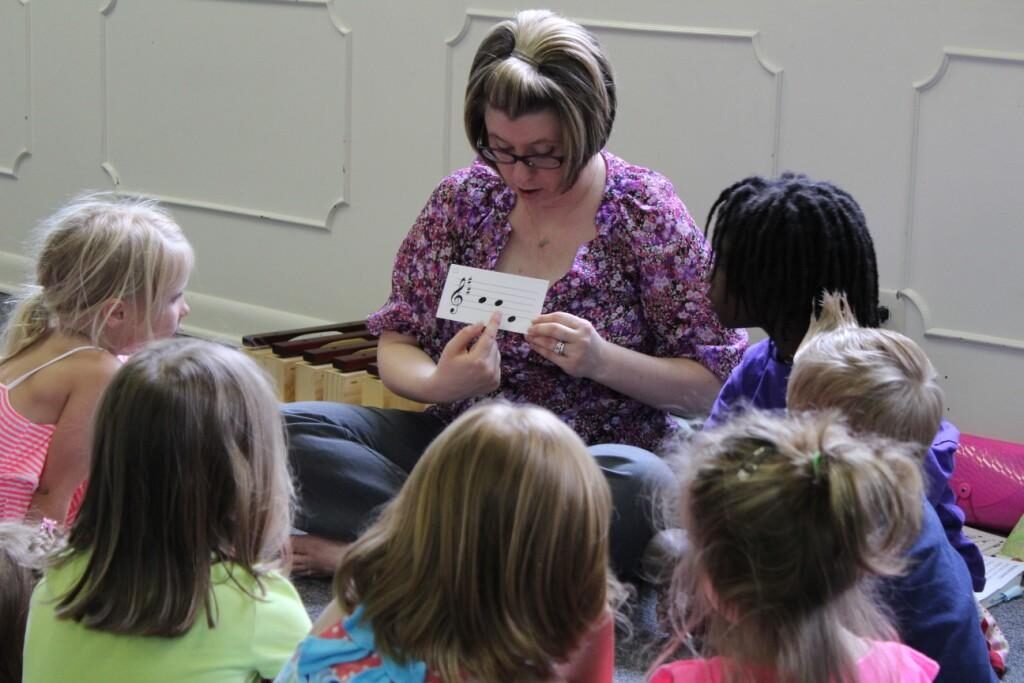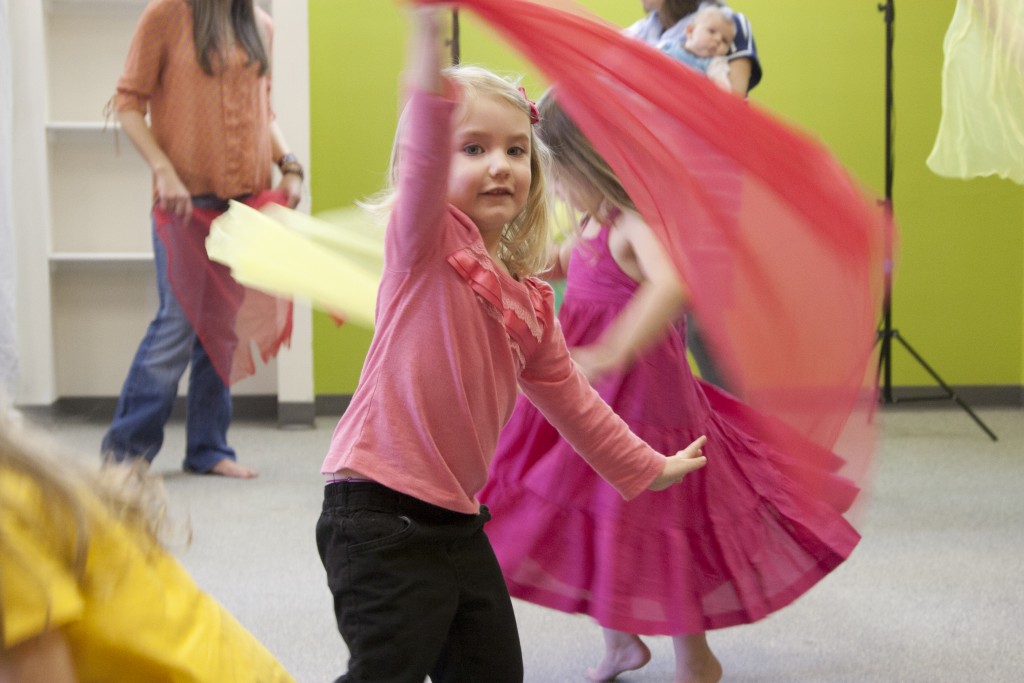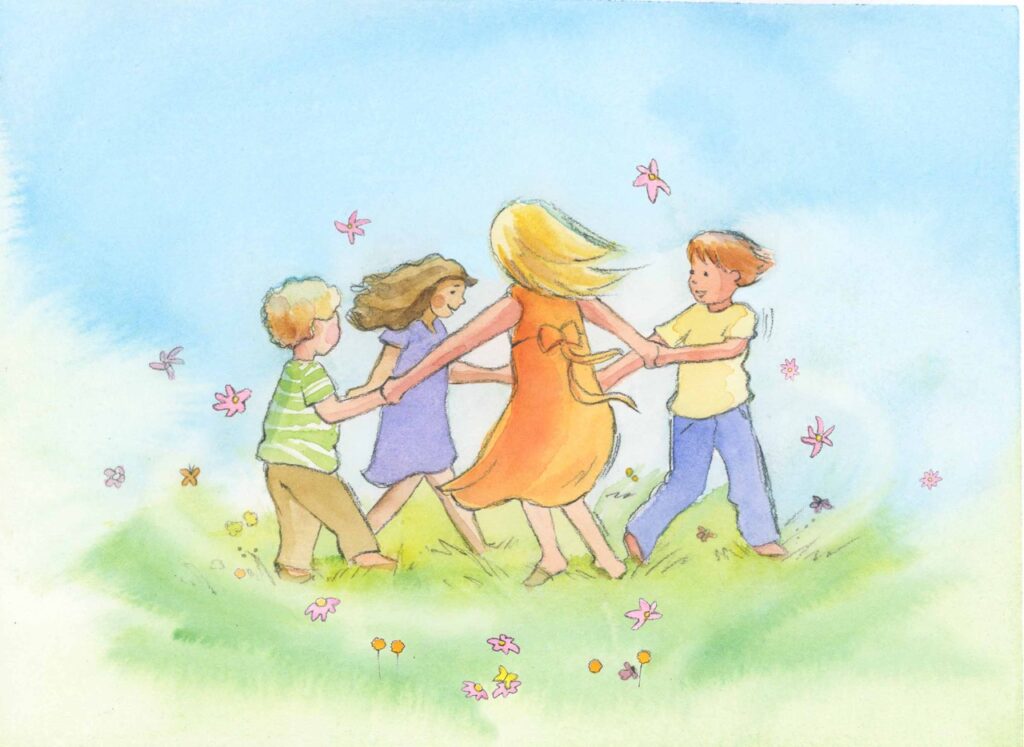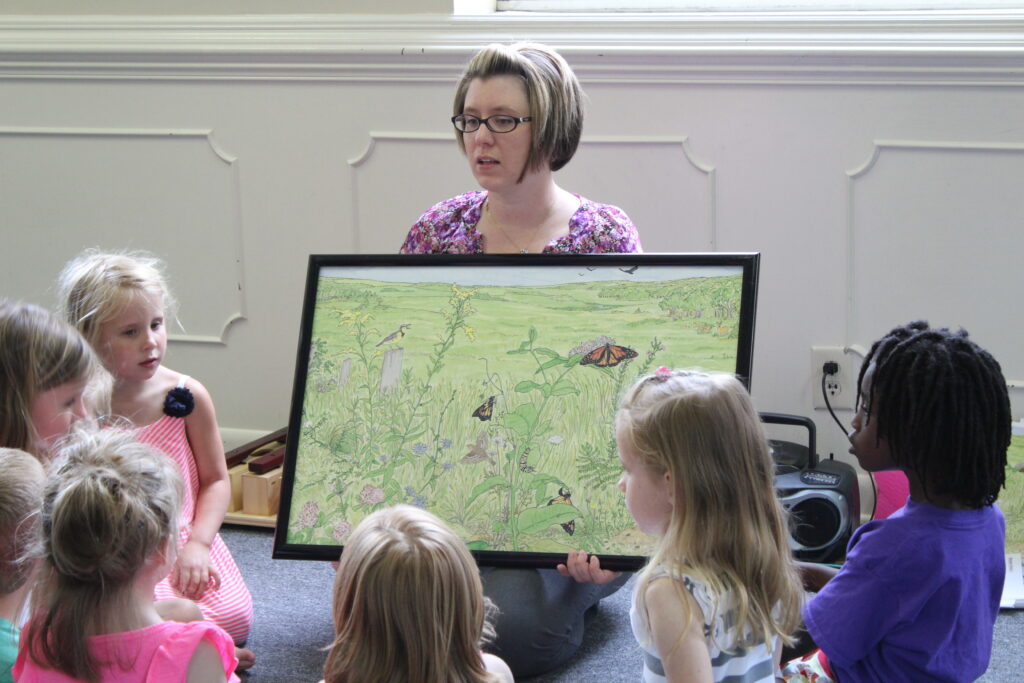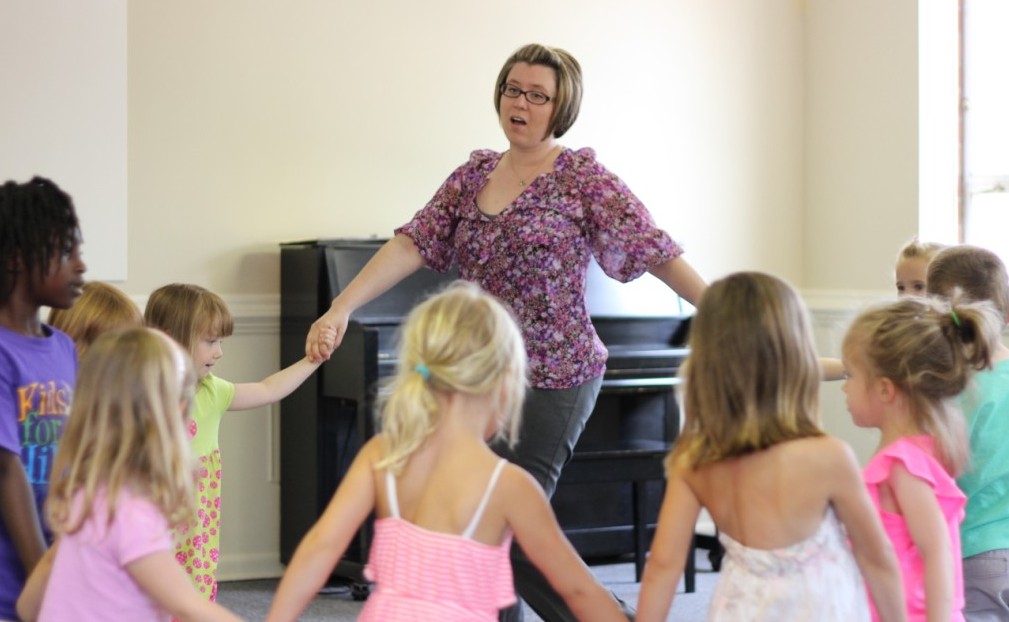Over the last several months, we have been exploring the various reasons for how early childhood music education better prepares children to learn any musical instrument, with a focus primarily on piano. Beginning piano teachers understand how early childhood music education and the developmental influences of BODY, MIND, SPIRIT and FAMILY, provide a firm foundation for children to achieve greater success at the keyboard. In this final installment, those influences are blended into a layering of experiences that are taught from a musical point of view. These layers, stemming from children’s developmental stages, spiral and interact with each other to provide the foundation for sustained musical development.
The Developmental Layers of Childhood Music Education
- Movement Comes First –From the very earliest stages of life, there is movement. Pregnant mothers generally begin to feel movement in the womb, or quickening, anywhere from 14 to 26 weeks. During early infancy, caretakers rock and bounce their babies, then progress to walking, jumping, and playing games during toddlerhood. Throughout this time children, are refining coordination, sense of beat and phrase, rhythm, meter, flow, and form while establishing free and expressive body movements.
- Listening Comes Second – Music is an aural art, and we come to it for the sheer enjoyment of listening, singing, and dancing. As early childhood music studios are filled with musical sound, hearing music in various forms and from different sources adds a second layer of musical foundation. As children listen to more music, they are intrigued to continue and explore it further as they learn to discriminate sounds and build a vocabulary of musical patterns and styles that will help in learning piano.
- Singing Comes Third – Cultures across the world have communicated through music, which offers a sense of community and identity. We desire to communicate and express the joy of our own voice through a repertoire of common songs, learning melodies and the structure of musical patterns that will translate to understanding musical instruments.
- Playing Simple Percussion Instruments Helps with Piano – Our hands serve as expressive extensions of who we are, and in turn, musical instruments are an extension of the hands. Playing simple percussion instruments such as drums, rattles, rhythm sticks, or maracas, increase our joy of making music and refining our movements while teaching us about beat, meter, and phrase. As we do this with others, we begin to have musical dialogue with partners or groups.
- Musical Literacy is Emerging All Along the Way – As we first learn to move and listen, speak our music through song, and extend music making into instruments, we are making sense of the specific rhythm and tonal patterns we hear and practice. At some point we will want to understand how to write and read those patterns, which may come before or after sitting down to learn the piano.
Introducing Piano to Children’s Musical Development
Once these layers of musical foundation have been established, the piano teacher is able to add the next layer of complexity, offering a way for children to express their joy and knowledge of music through an intricate, yet subtle instrument. The most successful Early childhood music programs prepare teachers to think in these developmental terms, carefully considering how to introduce musical concepts. Realizing that they must first work with ear and body before eye and brain, piano teachers are working to establish musical communication that leads to musical thought. Group work helps to ensure that classes remain playful and lively while teaching the “whole” child in ways that are developmentally appropriate.
Early children’s music programs help children to fall in love with music, have a mind full of musical thoughts, and establish body control needed to master an instrument such as keyboard. This firm foundation allows beginning piano teachers to take children to the next exciting level of musical development!
This commentary is based on the article The Well-Prepared Beginner: Prepared in Body, Mind, Spirit, and Family by Lorna Heyge, Ph. D. Dr. Heyge is a pioneer in childhood music instruction, as well as a piano teacher of many years.
